Meet Pam Byrne and John Huerta of West Virginia
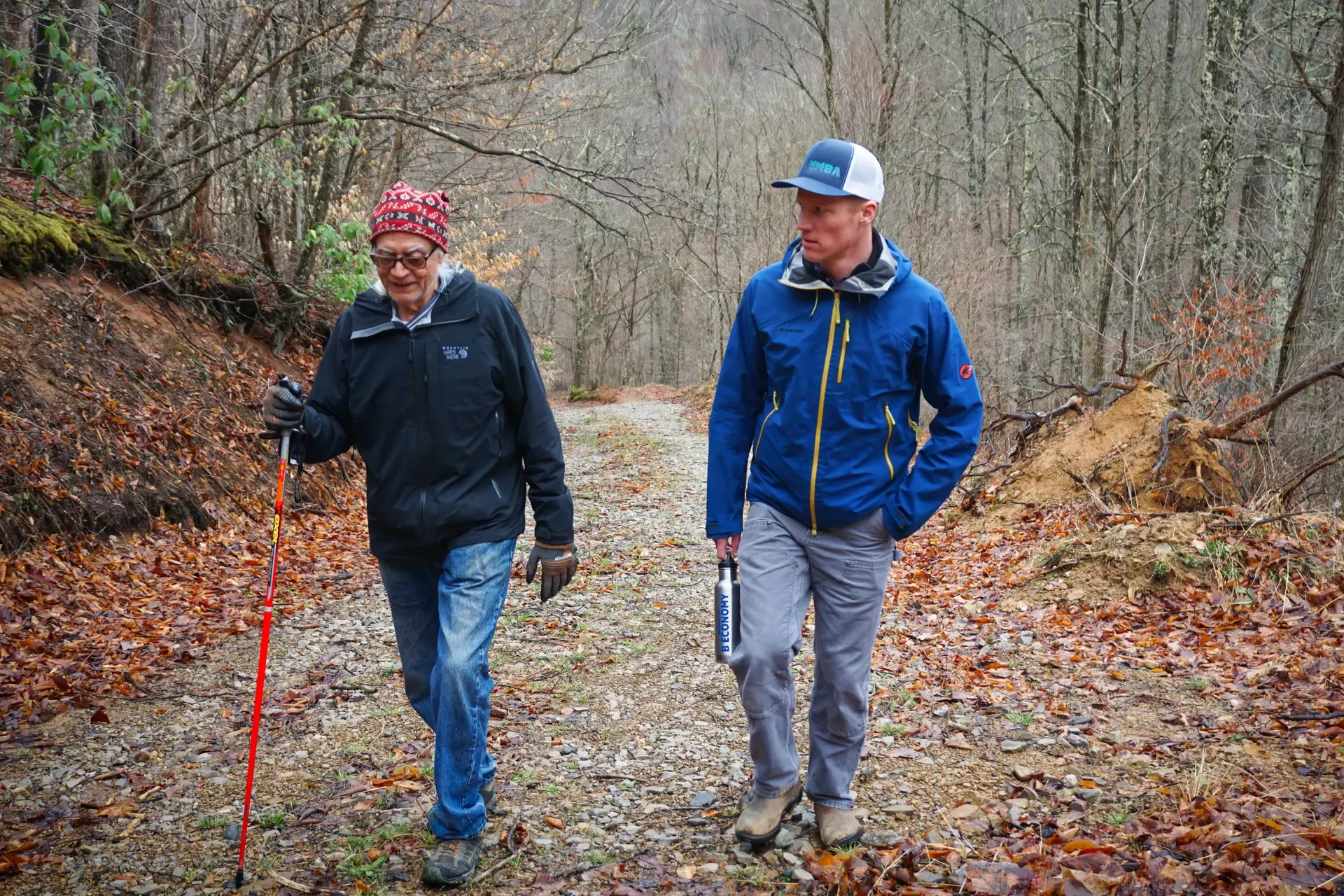
Hiking up to the peak of their property, John lets out a bird call and checks for avian neighbors in the trees ahead. A few bluejays call back in unison. Fourteen hundred feet back down the slope, Pam is at home focusing on one of her passion projects. Today it’s stained glass. Tomorrow it’s wood crafting. “It’s important to have good projects to do once you retire,” said Pam, “otherwise retirement becomes work again!”
Since 2004, Pam Byrne and John Huerta have enjoyed a pleasant life in the high altitudes of Elkins, West Virginia. The two are an active outdoors couple and lifelong advocates for the environment. They worked for environmental organizations across Washington, DC earlier in their careers, and are still active members of many conservation associations today. When it came time for retirement, they sought a quiet place in the mountains where they could reconnect with the land and comfortably begin the next chapter of their lives. That’s when they discovered Elkins. Here, the land provides access to their favorite hobbies and outdoor activities. From hiking and birdwatching to being the wild inspiration for Pam’s paintings and woodwork, every day is a chance for new possibilities.
Pam and John are committed to staying active in their retirement – including in their environmental stewardship. In addition to the plot their home was located on, the couple was able to purchase a few neighboring plots, previously owned by lumber and coal mining companies, in the years following 2004. They steered the trajectory of their land's future in a new direction, away from commercial timber harvest toward a focus on forest health and amenity values. John repurposed the old logging roads that once carried heavy machinery up the mountain to cut trees into exercise routes for the couple and their dog to hike up every day. Now, Pam and John wanted to see how they could improve their forest. That’s when they learned about the Family Forest Carbon Program.
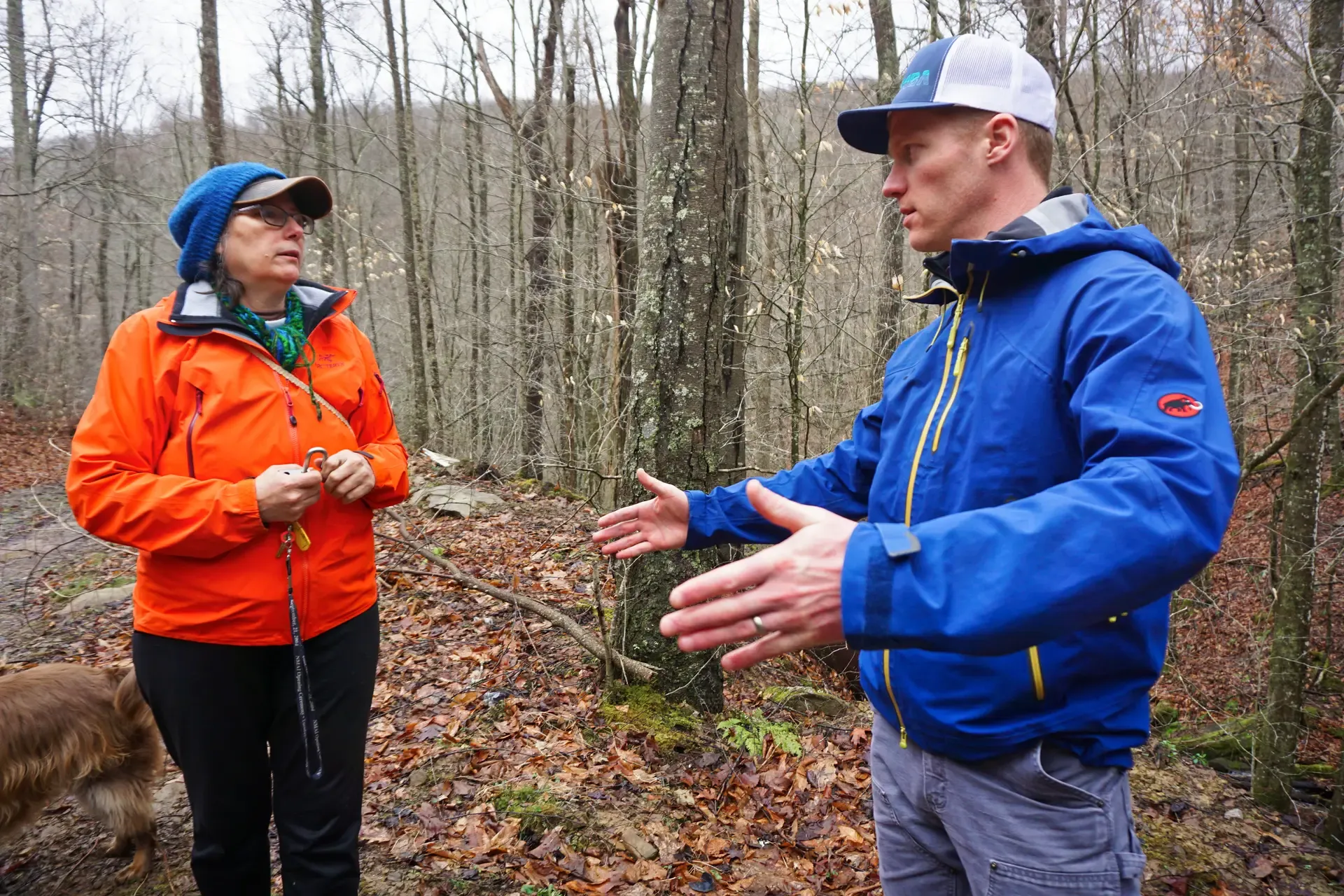
Ownership of land comes with incredible benefits. If you treat your land right, it can provide you so much value in return. However, it also comes with its challenges. Without the proper care and technical expertise, maintaining large areas of natural landscapes quickly becomes a slippery slope, full of uphill work and hidden surprises. The couple was excited to own their acres of incredible wilderness right in their backyard. They wanted to do as much as they could to promote the health of their woods and its native species – without making it a full time job. And as with other landowners, invasive plants and animals are of growing concern for the two as well. Pam and John are well aware of the thorny bushes and invasive insects slowly eating away their natural landscapes. They quickly realized they needed help to understand their woods better and how to treat them for improvement. So when Pam and John learned about the Family Forest Carbon Program, it wasn’t long before they became early adopters of the program for their state.
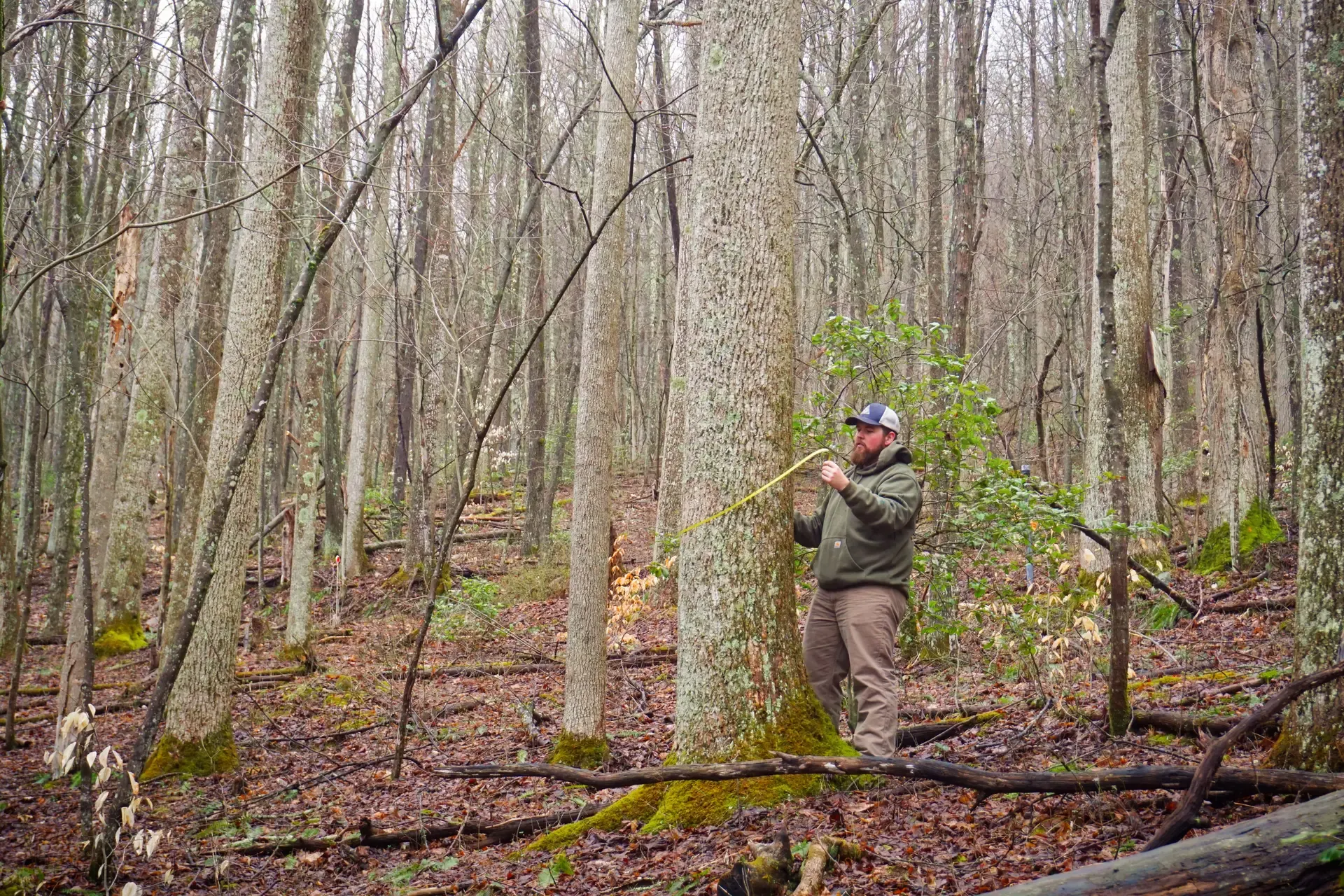
AFF forester Garrett Hamilton measures the circumference of a tree to determine the property's eligibility for the Family Forest Carbon Program.
By enrolling in the Family Forest Carbon Program, Pam and John unlocked the tools needed to improve their woods and sustain their favorite outdoor activities. They were seeking a program that supported the healthy growth of the trees on their property while also preserving the option for small harvests in the future. Ever so often, Pam will carefully select a tree to cut for her wood crafting projects and personal uses. The Family Forest Carbon Program’s approach to improved forest management gives them the flexibility to pursue their personal goals with the woods while steadily improving its environmental quality and carbon sequestration rate over time.
The program also provides the couple with financial support to achieve their conservation goals for the land. While they already had a long-time consulting forester they worked with, the Family Forest Carbon Program covered the costs for the forester’s work and any needed updates to their forest management plan. The program also offers an annual stipend – calculated based on the carbon sequestration rate of their woods – that the couple can put towards spending on new equipment and additional improvements to their land. Pam and John plan to use this stipend to combat the invasive species encroaching on their property. Knowing they have funding and technical support is one less thing for the couple to worry about. They can hike more confidently and pursue their passion projects easier knowing their land is in good hands.
In the long term, Pam and John hope to do their parts in being the best advocates for the environment they can be. The history of Elkins, West Virginia is of rich wilderness and natural history. With the help of the Family Forest Carbon Program, the two are beginning a new legacy for their land – one that preserves its rich history and improves its environmental quality for future generations. What will be the story of this land ten years from now? Only their imaginations can limit the possibilities. It’s one more “good project” that Pam and John are excited to pursue. And they’ve already begun sharing the good word – inspiring friends and neighbors to consider the program for their woods and beginning new chapters of their own.
If you are a forest owner interested in the Family Forest Carbon Program, visit familyforestcarbon.org today to see if you are eligible.
Related Articles
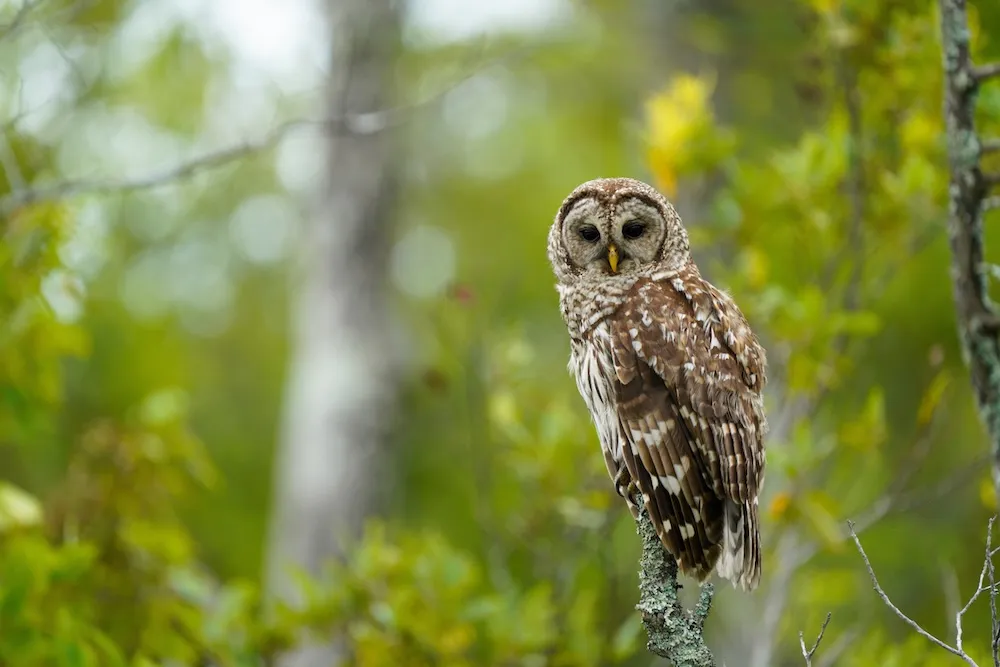
December 18, 2025
Improving Wildlife Habitat with the Family Forest Carbon Program
For many landowners, spotting a fox, songbird, or other wildlife on their property is one of the highlights of spending time on their land. In this post we look at some examples of management practices you may see in your FFCP forest management plan and how they help create the ideal conditions for certain wildlife species.
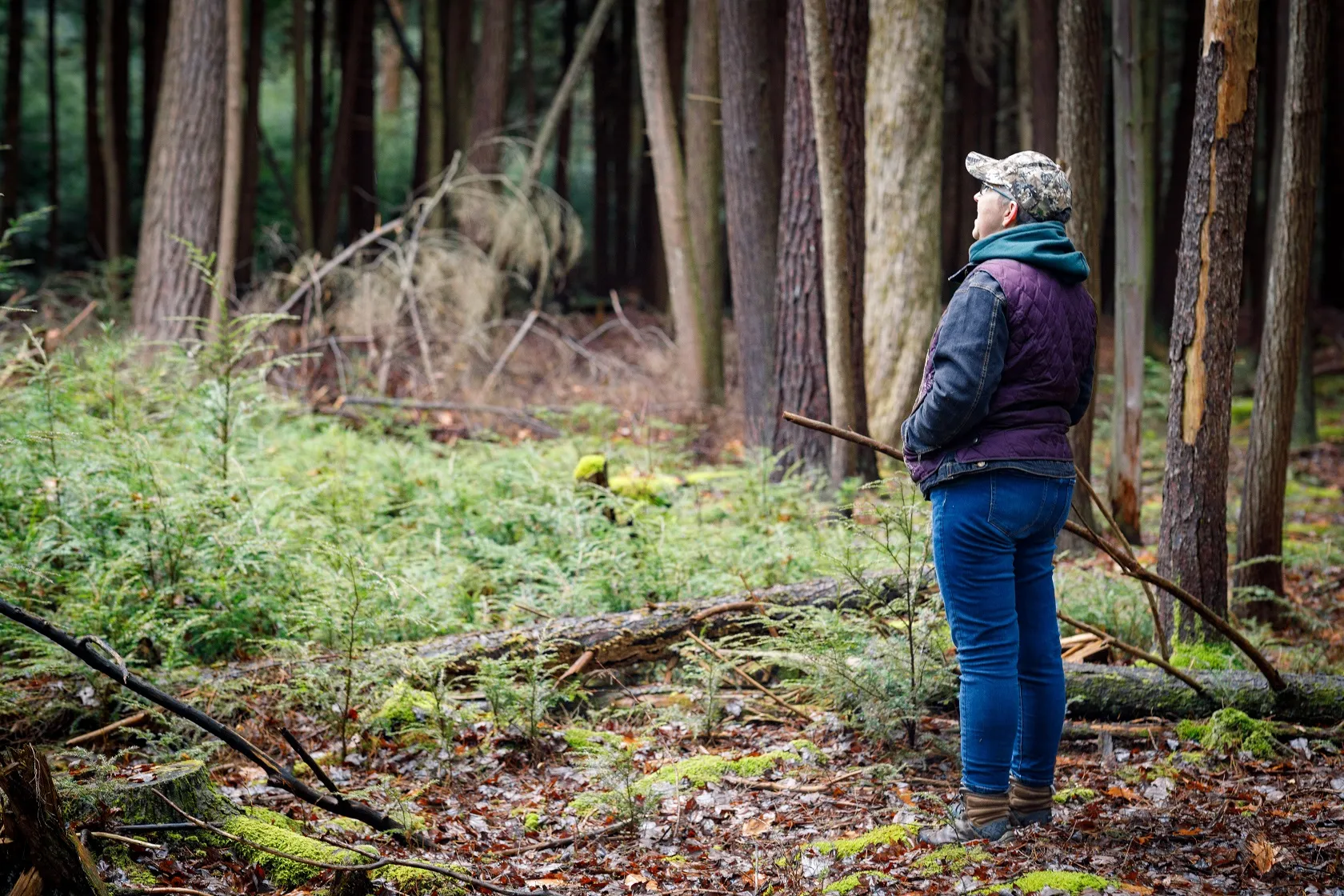
December 16, 2025
Family Forest Carbon Program's First Ever Credits Delivered to REI Co-op
Today, REI becomes the first buyer to receive carbon credits from the Family Forest Carbon Program (FFCP), a high-integrity forest carbon project designed for small-acreage landowners.
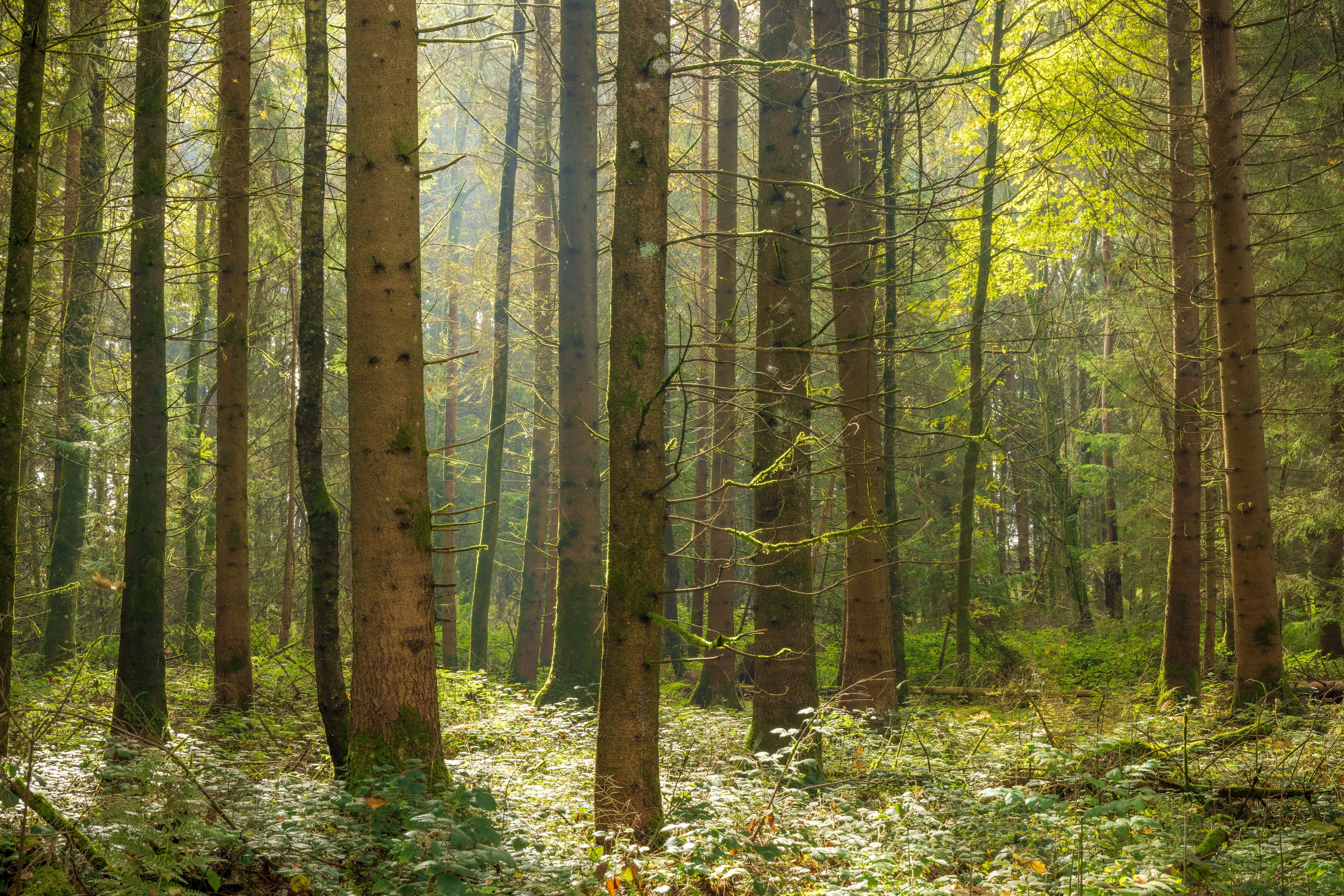
December 4, 2025
Forest Carbon Project Issued First Ever Credits
Conservation organizations the American Forest Foundation (AFF) and The Nature Conservancy (TNC) announced today the issuance of improved forest management (IFM) carbon credits to the Family Forest Carbon Program (FFCP) from standards setter Verra under its Verified Carbon Standard (VCS) Program. This marks the first issuance of credits produced using Verra’s VM0045 improved forest management (IFM) methodology, which was co-developed by Verra, AFF, TNC, and TerraCarbon.